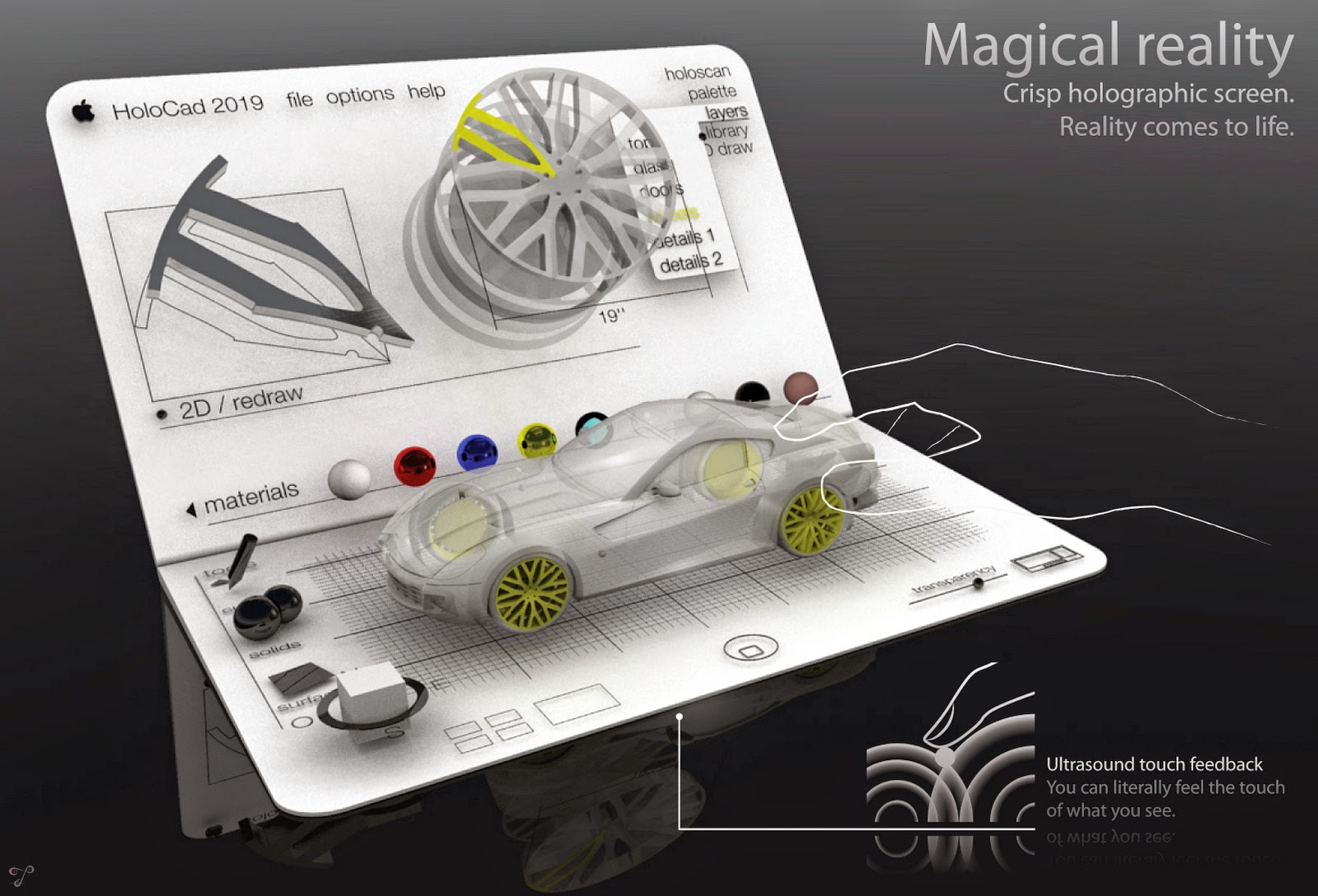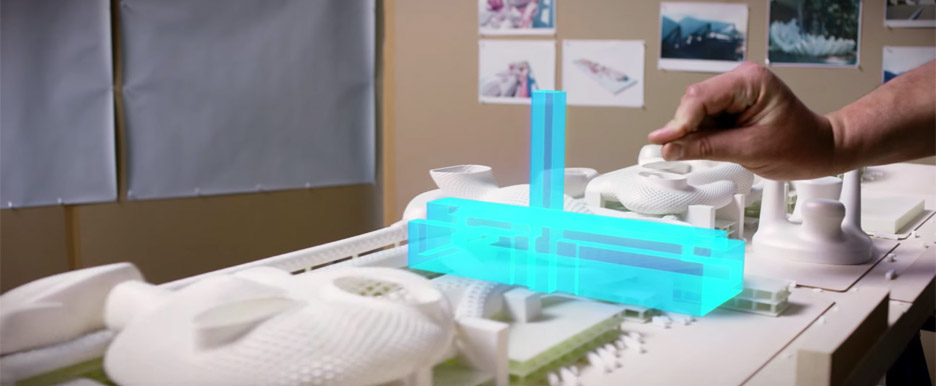Young Architect Guide: 6 Ways the Web Can Help Empower Architects

This past August marked a quarter of a century since the first ever website was published by Tim Berners-Lee, the architect of the World Wide Web. Since then, the internet has become almost as integral to our everyday lives as the air we breathe. It is vital to almost every business on the planet, a key pillar of our collective workflow, and used for everything from communication and coordination to marketing and management (in between watching videos of cats, obviously).
The Web is ubiquitous, and architects know this better than anyone. The question is: are we harnessing its full potential? We can now make the internet work for us more powerfully than ever, and the overriding goals are grouped into five broad categories:
- Self promotion
- In-house efficiency
- Research and resources
- Transparency and trust
- Education and inspiration
Using these key points as the benchmark, we look at six simple ways the internet can help empower architects in the modern digital age.
1. Sell yourself: Viral marketing
Good for: Self promotion; Transparency and trust; Education and Inspiration.
Over the past decade, social media has become synonymous with online promotion, and there is a myriad of ways an architectural firm can use the various platforms to leverage their portfolio and communicate their design ethos to the wider world. Facebook and Twitter have proven to be valuable platforms, both for modest firms such as Studio MM (for whom architect Marica McKeel tweets sketches) all the way up to the goliaths of the profession such as Herzog and de Meuron, owners of a Facebook page with over 186,000 followers.
Bjarke Ingels of BIG is perhaps the best-known architect currently harnessing social media to increase his studio’s reach. A personal Instagram account boasting some 75,000 followers indicates the public truly cares about what the Danish architect has to share, whether it is a work-in-progress shot of Hualien Residences … or his most recent skiing vacation.
2. Make your viewpoint heard: Public relations
Good for: Transparency and trust.
The built environment has always been entwined with politics and ethics, but the Internet has made it far easier for architects to share their perspectives on the more thorny issues relating to practice. The more we communicate our opinions and communicate the reasoning behind both our designs and our business decisions, the more the public will understand and trust the profession.
One firm flexing its PR muscles more than most in recent weeks is Zaha Hadid Architects, adopting a mixture of online mediums to defend their design for the Tokyo National Stadium. While the firm's vociferous protestations have garnered a mixed response from both critics and the general public, it is undeniably refreshing to see a firm being transparent about its processes and encouraging open debate about architecture as a whole.
3. Work like a well-oiled machine: Studio communications
Good for: Research and resources; In-house efficiency.
According to The Verge, “Slack is killing email.” If you are an architect and you haven’t yet considered the web’s hottest app for team communications, chances are you will soon. Slack — together with other online tools designed to improve coordination and efficiency across a host of sectors — has the capability to transform the way firms operate day to day and make it more fun in the process.
One such firm to have picked up the “Slack” for their in-house communications is Dash Marshall LLC, designers of “An Apartment for Space-Age Lovers.” Avollio outlined 10 reasons Slack is ideal for improving an architecture studio’s workflow, including the ability to create individual channels for each project in the office, the capacity to share large drawing files, and the ease with which you can synchronize all manner of calendars, schedules, and project timelines.
4. Perfect your products: Specification tools
Good for: Research and resources; In-house efficiency; Education and inspiration.
Online tools for specifying building components have been around for many years, but few have allowed architects to connect with manufacturers as seamlessly as Architizer's Source, the definitive marketplace for building products. Landmark projects like SHoP Architects' Uber Headquarters are now being specified using Source's intelligent search engine, which helps architects find the best possible products while allowing them to claw back the most precious resource of all: time!
With information, images and contact details all laid out in a highly accessible format, this powerful new tool allows architects to specify with greater confidence than ever. Most significantly of all, the platform provides convenient single point of contact for both sides of the architect—building product manufacturer relationship, increasing efficiency and building trust between specialists across the building industry.
5. Collaborate like a pro: Building information modeling
Good for: In-house efficiency.
This will be nothing new to most firms: BIM has irrevocably altered the landscape of architectural practice, particularly since Autodesk consolidated and streamlined Revit back in 2013. The ability for architects, engineers, contractors, and other parties to share a single, intelligent project model is fast becoming the industry standard. In fact, the use of BIM will be mandatory for all UK public projects as of next year.
More recently, cloud-based applications have increased the power of BIM beyond recognition: architects are now able to access data on energy performance as the model develops using software such asSefaira. Major firms leading the way include Skidmore Owings and Merrill, which utilized BIM from the conception to the completion of One World Trade Center in New York.
6. Tell the world: Articles and interviews
Good for: Self promotion; Transparency and trust; Education and inspiration.
Linking back to the opening point, increasing communication with the public and maximizing transparency across the profession only helps to breed confidence in architects and their value to society. Another way the Web has enhanced our capability to reach out to people is through online forums like Architizer. One such example is Reiulf Ramstad, who gave an in-depth interview that reflected on his design ethos and told the stories behind buildings such as University College Østfold andNational Tourist Route Trollstigen.
It is important to remember that architectural journalism need not be left to journalists; architects themselves can provide extraordinary insight into the profession and might just win over a few critics along the way. So get writing, get talking, and, most importantly of all, get sharing: the online world is your oyster …
[via Architizer]
Architect - Tech Writer - 3D Artist - 3D printing enthusiast











